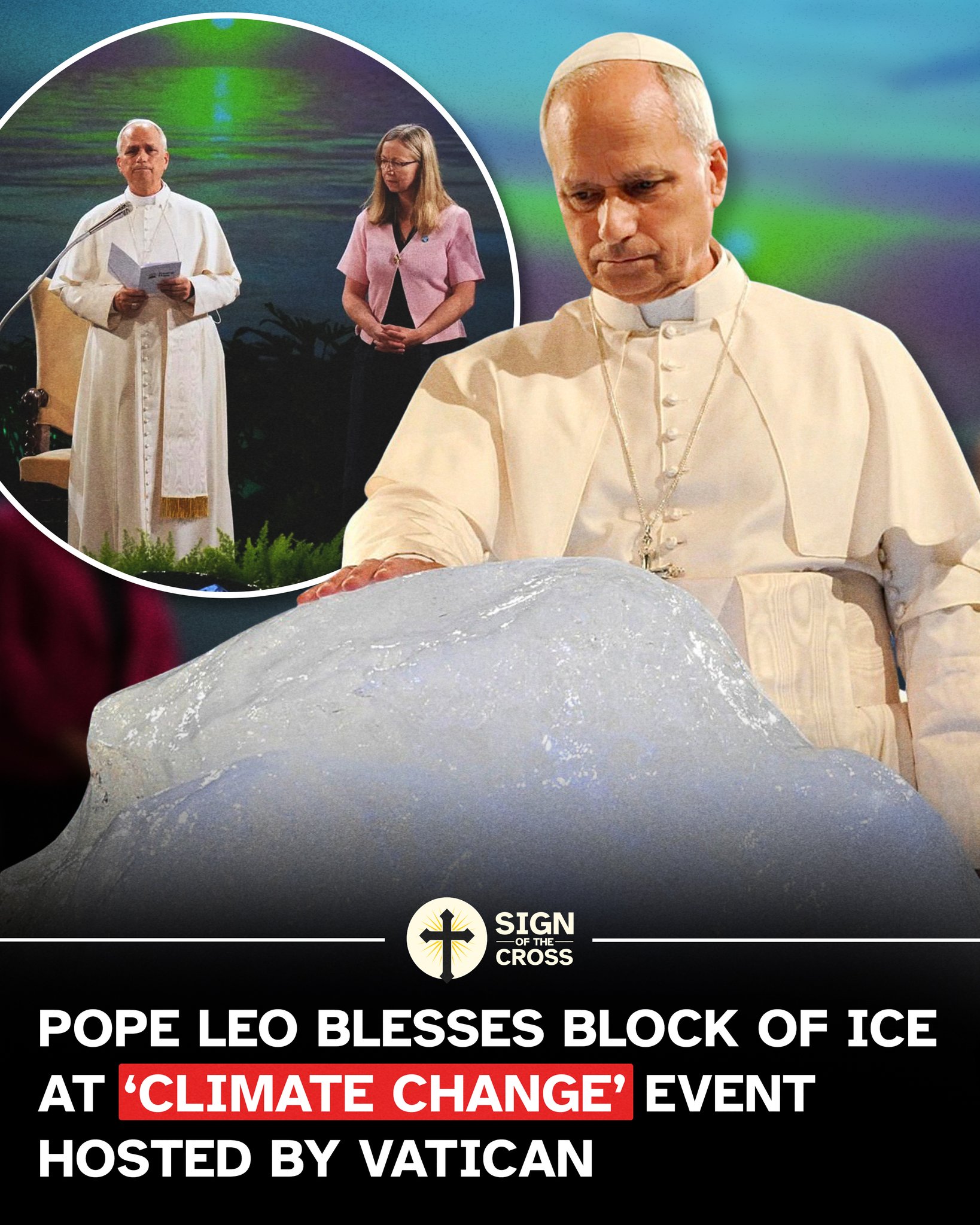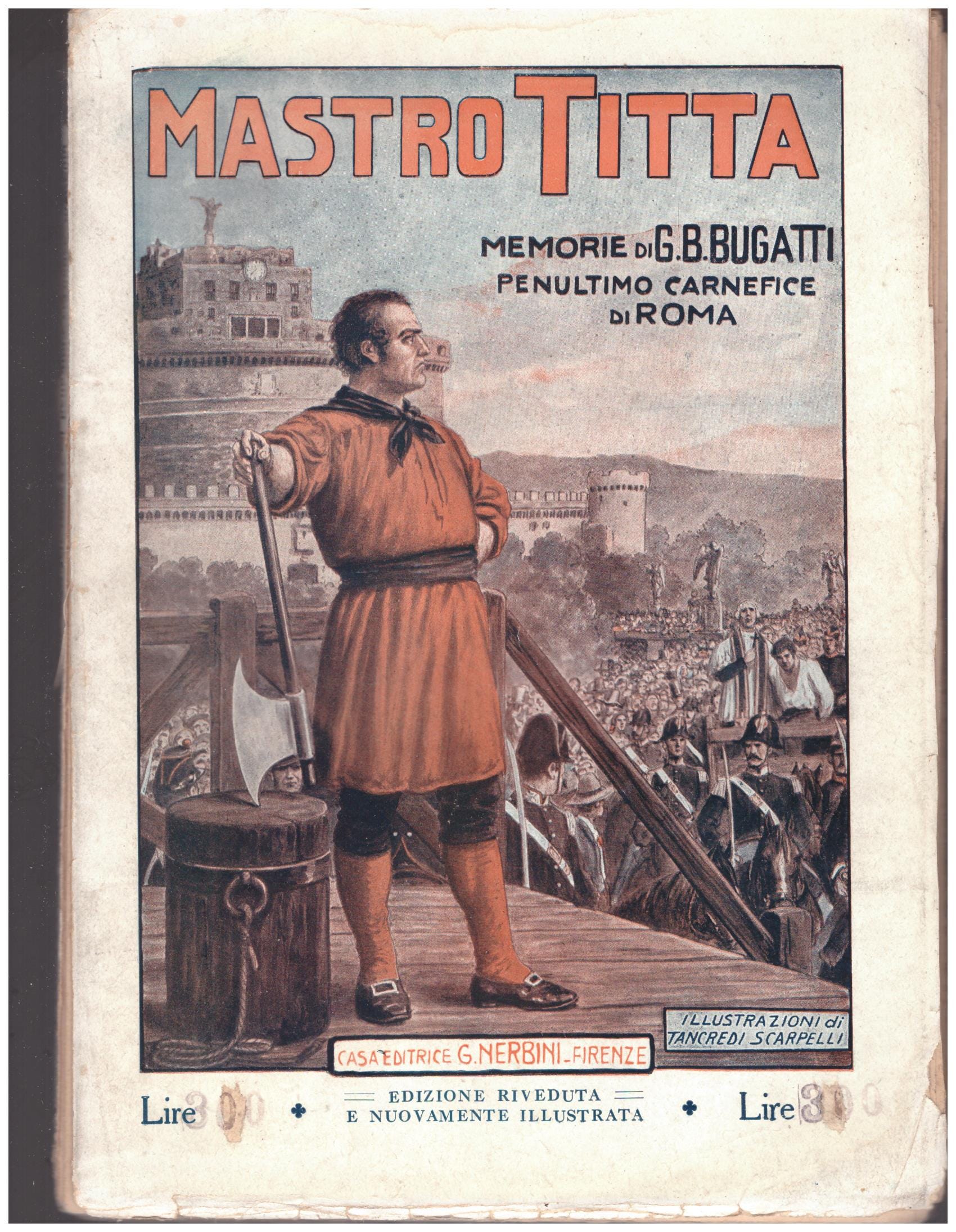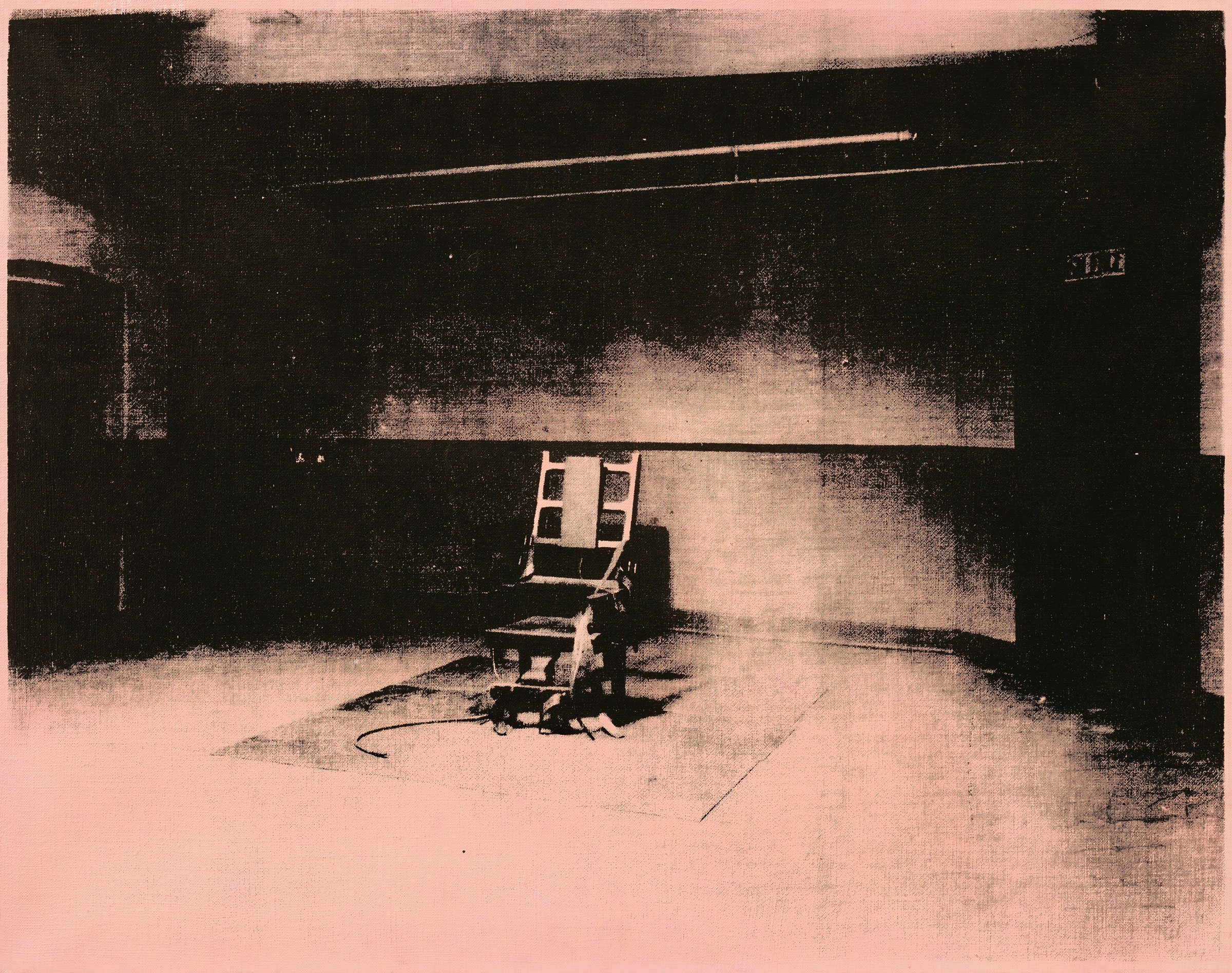It did not take long for this shiny new pontificate to lose its lustre. And its credibility. The spectacle of Pope Leo granting solemn blessing to a block of glacial ice was the point of no return for papal dignity. There is no way to unsee what the world saw at “Raising Hope for Climate Justice” the Vatican’s October 1st shindig against the bogey of climate change.
Have you any clear idea what climate justice means? Or how to distinguish it from climate injustice? Continue Reading







